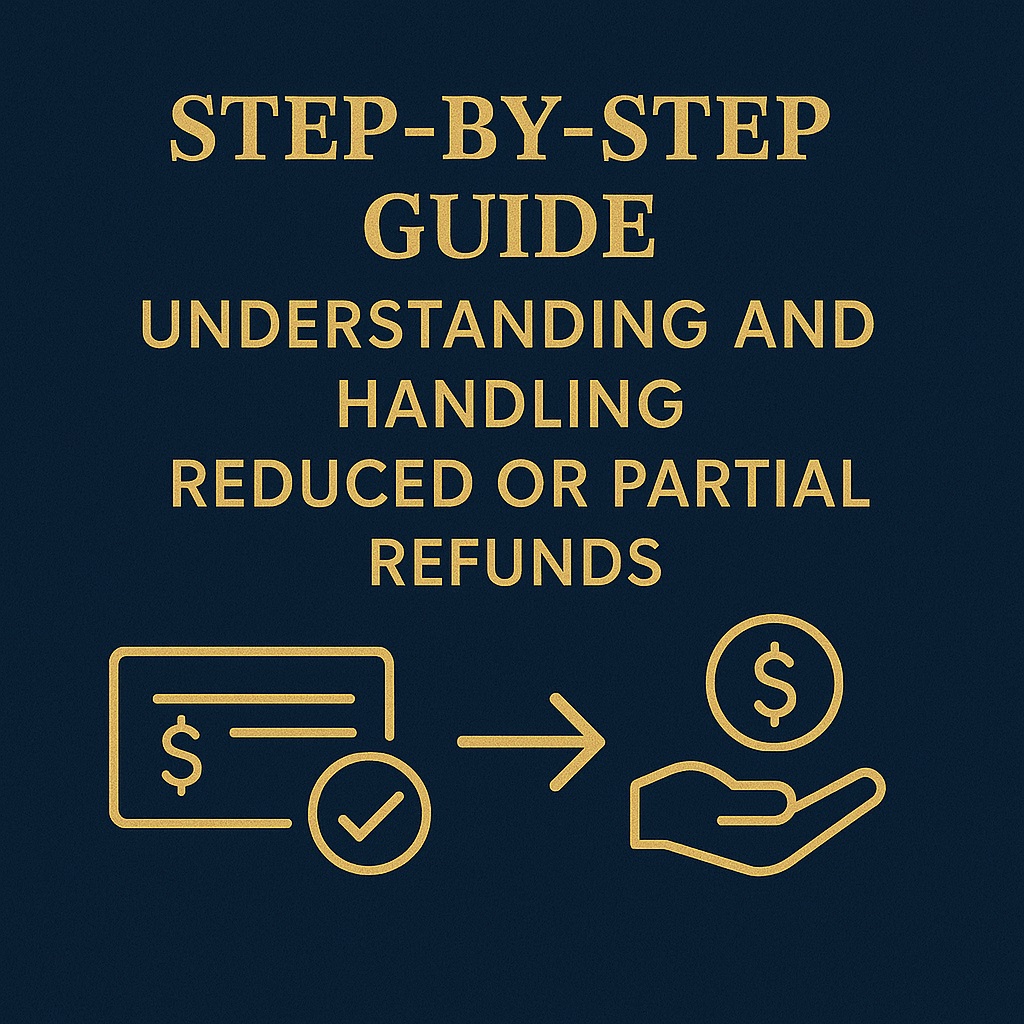Receiving a reduced or partial tax refund means you’re getting less money back than you originally anticipated from the IRS. This commonly occurs when part of your refund is used to pay outstanding debts—like past-due child support, federal or state taxes, or student loans—or when IRS adjusts your return for errors, partial credit eligibility, or offset programs.

Step-by-Step Guide: Understanding and Handling Reduced or Partial Refunds
1. Check Your IRS Notice
- The IRS will send you a notice or letter explaining why your refund was reduced or partially issued, such as debt payment or return corrections.
- Read every line carefully to understand what caused the reduction.
2. Determine the Offset Reason
- Common reasons include past-due child support, state income tax obligations, federal agency debts, or unemployment compensation debts owed to a state.
- The Department of Treasury’s Bureau of the Fiscal Service (BFS) manages the Treasury Offset Program, which handles these reductions.
3. Confirm Amounts and Payments
- Compare the refund amount issued versus your expected refund in your tax return.
- The IRS notice will detail how much was withheld and sent to each agency.
4. Respond or Dispute If Needed
- If you believe the debt or amount withheld is incorrect, contact the agency listed in your IRS letter—NOT the IRS, as only the collecting agency can resolve debt disputes.
- Keep all communications and documents connected to your original tax return and IRS notice.
5. Partial Refunds from Tax Credits
- Sometimes partially refundable credits—such as the American Opportunity Tax Credit—result in only some of the credit amount being paid out as a refund, depending on your eligible tax situation.
- Review your credit eligibility and IRS calculations for clarity.
Key Facts for Taxpayers
- Your refund can be split among multiple accounts, direct deposit, or paper checks, but IRS will reduce your final payment first for any required offsets.
- Always check for errors and ensure your mailing address and account information are current to avoid further delays.
If You Found The Information Here Was Useful Please Consider Sharing This Page!
